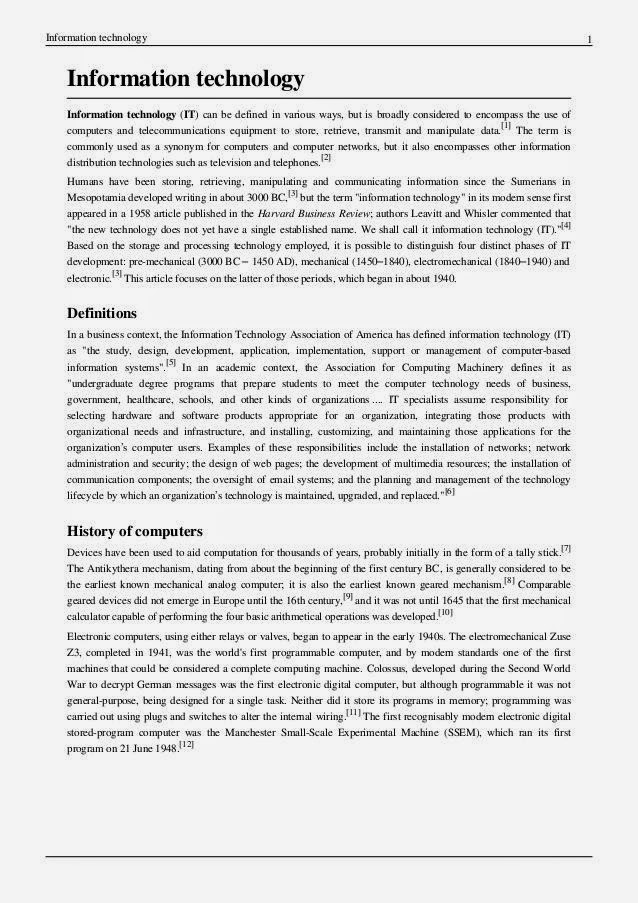
You could use horizontally polarized light to represent 0 and vertically polarized light to represent 1, but light can also be polarized on an angle and then has both horizontal and vertical components at once. A qubit, however, can occupy a superposition of these two information states, taking on characteristics of both. Noise can make the qubit state wander continuously from its correct location.Ī classical bit has only two possible values: 0 or 1. Other possible superpositions of 0 and 1 (described by complex numbers a and b) cover the rest of the surface. The states 0 and 1 sit at the north and south poles, and the polarization states D, A, R, and L lie on the equator. The possible states of a single isolated qubit are neatly represented on a sphere, known as a Bloch sphere. These states become fully fledged quantum bits (qubits) when they consist of pulses that each contain a single photon. Examples include the diagonal ( D) polarization at 45°, the antidiagonal ( A) at –45°, as well as right ( R) and left ( L) circularly polarized light (the imaginary number i represents a difference in phase).

Light polarized at other angles has components of both H and V, representing 0 and 1 simultaneously. A classical binary digit could be represented by encoding 0 as horizontally ( H) polarized light, and 1 as vertically ( V) polarized light. Polarized light is an example of superposition. But these experiments still have not reached the level of quality and sophistication needed to reduce the overall error rate in a system. A mature body of theory built up over the past quarter century now provides a solid theoretical foundation, and experimentalists have demonstrated dozens of proof-of-principleĮxamples of QEC. This tremendous susceptibility to errors is the single biggest problem holding back quantum computing from realizing its great promise.įortunately, an approach known as quantum error correction (QEC) can remedy this problem, at least in principle. The situation inside a quantum computer is far different: The information itself has its own idiosyncratic properties, and compared with standard digital microelectronics, state-of-the-art quantum-computer hardware is more than a billion trillion times as likely to suffer a fault. They both involve conventional, classical information, carried by hardware that is relatively immune to errors. That would rule out most databases used by big retail firms.ĭates chiseled into an ancient tombstone have more in common with the data in your phone or laptop than you may realize. One limitation, he points out, is that the new system is designed to run on a single machine with a database of less than 10 terabytes.
Ingres database management system pdf software#
Column-store data is also easier to compress, he notes, because it has more inherent order to it.Ībadi calls VectorWise "a company to watch," but its software won't be for everyone.

Column-store makes it easier to perform vector calculations because all the needed values are stored contiguously. Data is sent from storage to the CPU as strings of values from the same attribute domain-for instance, a list consisting only of salaries rather than a record containing employee names, salaries, and other data, explains Daniel Abadi, an assistant professor of computer science at Yale University. This required them to compress the data in some parts of the cache and come up with fast decompression algorithms so that the process of fetching data didn't bog down.īoth tasks were helped by VectorWise's use of a database storage scheme called column-store.

The scientists also constructed the system so that all the work is done on data in the CPU's cache, where the processor cores can quickly get at it, instead of in main memory, which can take hundreds of clock cycles to fetch. As a result, some operations that take tens or hundreds of CPU clock cycles in other databases take just a handful in the VectorWise system. To solve these problems, CWI computer scientists came up with versions of database operations that work on sets of 100 to 1000 values, or vectors, instead of on one database value at a time. They can't easily take advantage of a modern processor's ability to perform a single instruction on a large set of data, and they're at the mercy of the relatively slow movement of data on and off the CPU. They formed VectorWise in 2008 and joined forces with Ingres and Intel this year.ĭatabase systems today are written "for the machine of 20 years ago," says Bill Maimone, Ingres's chief technology officer. To get such an improvement, database luminary Peter Boncz and others at the Dutch national math and computer science research institute, Centrum Wiskunde und Informatica (CWI), took a close look at how modern CPUs work and used what they found to make a database system from scratch.


 0 kommentar(er)
0 kommentar(er)
